For the 10,000 people with diagnosed ataxia in the UK, they often find themselves exhausted, struggling to speak and even getting accused of being drunk.
Around three-quarters find the effects so severe they don’t expect to ever be able to work again.
And while there’s no cure, there are treatments available to control the symptoms.
But exactly what is ataxia, how does it affect people, and what support is on offer?
How does ataxia affect people?
Derek Taylor, who runs the west Scotland branch of charity Ataxia UK, was initially diagnosed with MS more than two decades ago.
But after a range of tests, the 52-year-old was found to have a genetic fault causing his illness.
“My main symptoms are mobility and speech problems,” he explains.
“Fatigue has stopped me working too many hours as every day can feel different, with some days being worse than others.”
Others with the condition can have problems with their motor skills, vision and swallowing.
Derek says a lack of understanding from others has stripped away some of his confidence.
“I’ve been accused of being drunk many times and reported to the police,” he explained.
“I don’t drink alcohol at all now, since it affects balance and co-ordination, and I carry an Ataxia-issued card to say that I have a condition.”
Can people with ataxia work?
Derek says work is a “major frustration” for many in his group.
A large number of people with ataxia can’t work at all, or can only commit to minimal hours.
“My background is in finance so I put that to use with a couple of charities,” Derek says.
“It keeps my brain ticking over – I think it’s important to keep your mind as well as body active.”
Today is #DisabilityAwarenessDay!
Did you know that there are at least 10,000 adults & 500 children in the UK with progressive ataxia? Visit our website to learn more about ataxia & what you can do to help! https://t.co/dLCUIjm4ru
Please tag us in your posts so we can reshare! pic.twitter.com/H2QhYtBsMw
— Ataxia UK (@AtaxiaUK) July 18, 2022
A survey by Ataxia UK last year found that 73% of people with the condition don’t expect to work again.
Just 16% of respondents are currently in work, while more than half had taken early retirement.
What’s more, around one-in-five reported problems with their employer’s attitude or physical access to work.
What causes ataxia?
There are many different types of ataxia, but they can largely be split into three categories:
- Acquired ataxia, where it develops from trauma or injury, like a stroke, MS or brain tumour.
- Hereditary ataxia, where symptoms develop slowly due to faulty genes.
- Late onset ataxia, which typically begins in someone’s 50s due to progressive but unexplained brain damage.
Generally people with ataxia have a shortened life expectancy, but some can live into their 60s and beyond.
Where can people get support?
Your GP can help with a diagnosis, but this may involve tests including brain scans, giving blood samples or having a lumbar puncture.
While Ataxia UK doesn’t have a chapter in the north or north-east of Scotland, people in Argyll and Bute can benefit from its west Scotland branch.
The group holds meetings every Sunday, offering people a way to meet face-to-face.
Derek added: “People can feel isolated so part of our purpose is to be there and to chat and share experiences.
“Our group is more of a social group. Where we can’t offer tangible support, such as funding an electric wheelchair for example, we can give some help in getting to meetings.
“We can also offer support in terms of conversations around things like home adaptations and benefits, based on conversations around our own experiences.”
More information can be found on the Ataxia UK website, or by reaching out to the West of Scotland branch via Facebook.
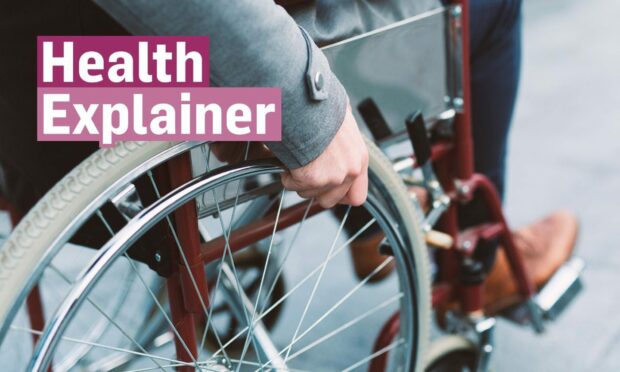
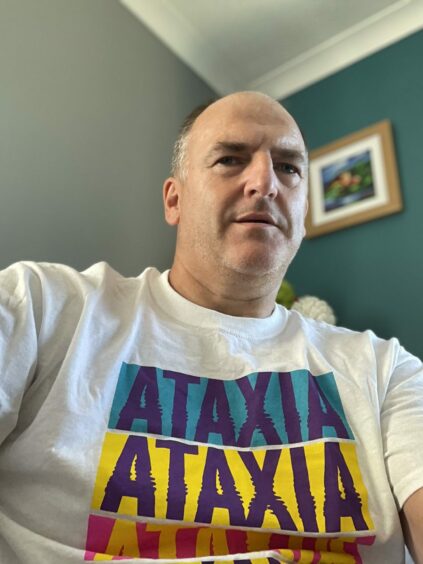
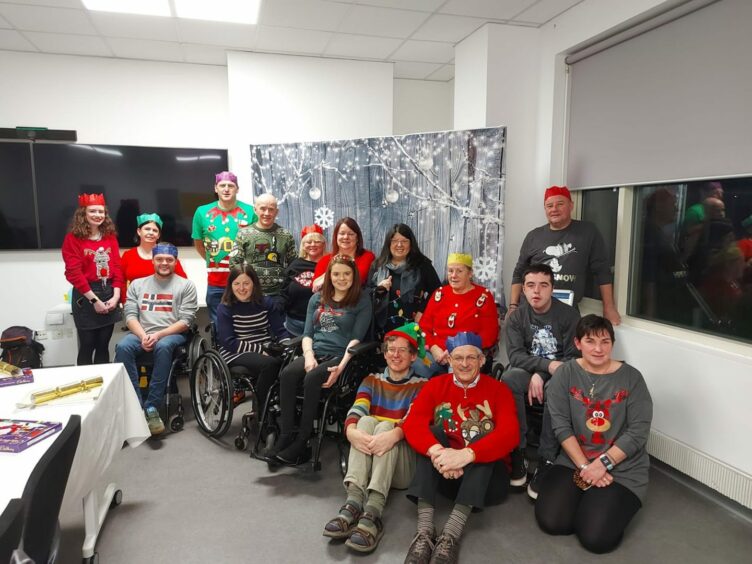

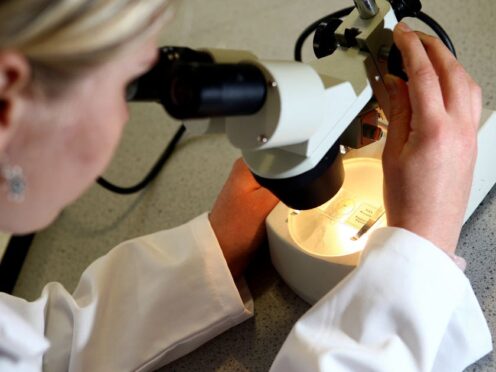

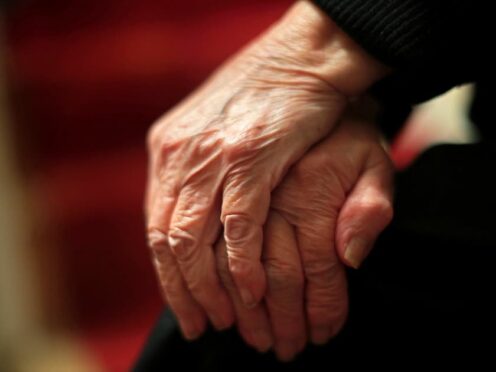





Conversation